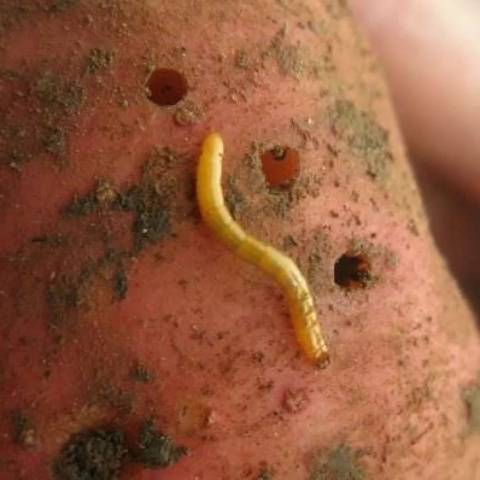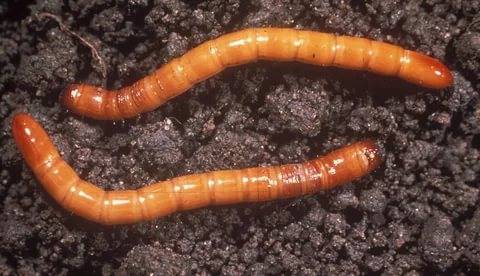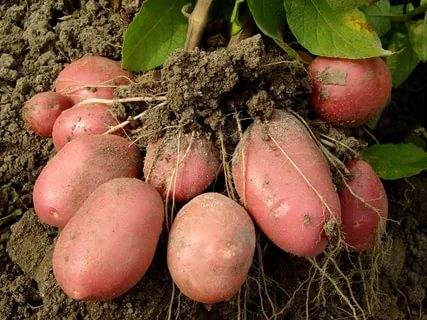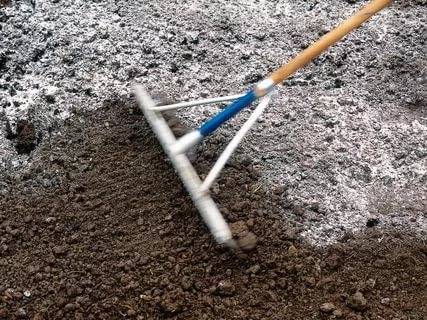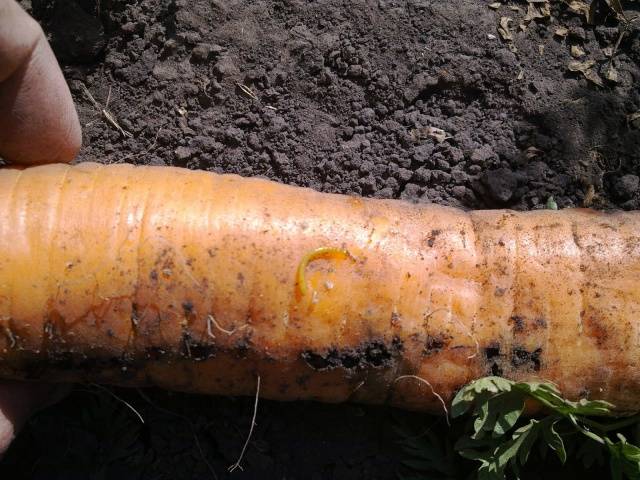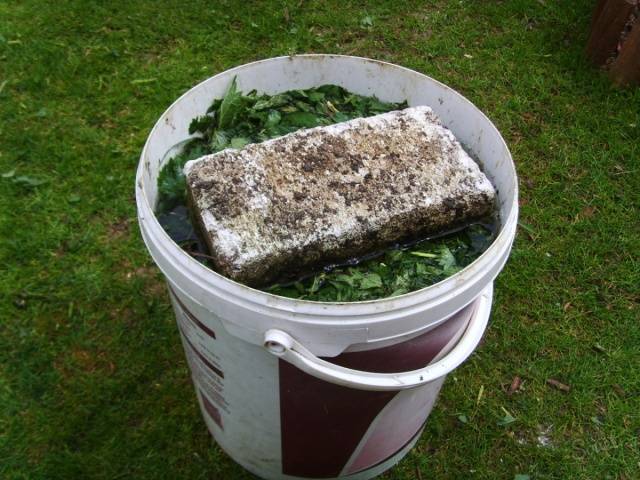Content
The homeland of potatoes is South America, this vegetable came to Russia through the efforts of Peter I, and now I can't even believe that at first the potatoes did not cause much enthusiasm among the population. Currently, potatoes are one of the main food products, they are used boiled, fried, baked. You can make mashed potatoes and stews from potatoes, fry them with mushrooms and sour cream. Potatoes are used in many salads, are the main ingredient in soups, and rare picnics do without charcoal-baked potatoes.
Potatoes are sold in any supermarket, but no one would argue that potatoes grown on their site are much tastier than those imported from Egypt, Israel or Pakistan.
Growing potatoes on a personal plot
Set out to grow potatoes on your own? There is nothing simpler: we buy or take tubers from a neighbor for planting, plant, fertilize, huddle, collect the Colorado potato beetle, looking forward to the harvest. In the fall, we dig out lovingly grown potatoes, but what is it? Instead of even and beautiful tubers, we see potatoes, over which, as if someone had worked with a hole punch.
At the cut, the vegetable is riddled with thin and frequent strokes, it is easier to throw it away than trying to remove the affected areas and find suitable food. Such harm to the potato crop was caused by wireworms, the larvae of the click beetle. Into the stricken pest potatoes become infected, and at least 70% of the crop becomes unfit for food. Potatoes affected by wireworm are poorly stored; they rot in damaged areas. The difficulty of dealing with the wireworm is due to its underground habitat. It is difficult to predict in advance how much the soil is infected with a pest.
Potato pest - wireworm
The insect itself owes its name to the characteristic sound that the beetle makes when it tries to roll over from its back to its paws. And the larva is called a wireworm because of its thin body and strong cover. The larva looks like a piece of wire, so it is almost impossible to crush the wireworm, but it can be torn apart, but it is useless to fight with the wireworm in the garden. How to cope with it, some information about the pest itself will tell you. The wireworm is well mobile vertically, depending on soil moisture, it can move up and down in the ground to a depth of two meters. The horizontal mobility of the wireworm is much less, only a couple of tens of centimeters. These features should be considered when dealing with a pest.
Insect development cycle
Is five years old. In the spring, each female beetle lays over a hundred eggs, placing them under plant debris and earthy clumps. In the first year of development, the larva does not harm cultivated plants. From the second year until it turns into an adult insect, the larva, which looks like a 2-3 centimeter yellow-brown worm, is a dangerous pest, causing enormous damage to agriculture. The wireworm eats seeds, plant roots and stems. How to deal with a wireworm effectively, this article will tell.
Chemical methods for the destruction of the pest
The wireworm, like any garden pest, is afraid of modern chemicals. "Bazudin", "Prestige" and similar substances destroy the pest and prevent its reappearance. Such preparations are poured into the hole before planting the tubers, and completely decompose no earlier than two months later, and only after this period they become harmless to humans. This method is not suitable for those who like to eat young potatoes of early varieties.
The advantages of folk methods of struggle
An increasing number of gardeners are trying to do on their site without potent chemicals, turning to ecological farming. Fighting the wireworm with folk remedies involves the use of funds that are safe for human health. Correct agricultural techniques, the use of baits, infusions of plants, will allow you to safely deal with the wireworm in the garden. Do not be afraid to spend your energy and time on the destruction of the wireworm, the reward will be a good harvest of potatoes.
Agrotechnical methods
First of all, keep your area clean. Weed the beds regularly, and remove wheatgrass especially carefully. Destroy not only the aerial part of the weed, but also the roots of wheatgrass, since this is the main delicacy of the wireworm. Do not leave removed weeds on the beds, insects take refuge under them. Take crop residues outside your garden or dispose of them in compost pits. How to get rid of a wireworm using agrotechnical methods:
- Observe the crop rotation: cabbage, legumes, cucumbers, pumpkin crops are good precursors for potatoes. Potatoes should not be planted in places where tomatoes and other plants of the Solanaceae family were previously grown. With the correct crop rotation, we fight the wireworm at all stages of its development. Use legumes such as alfalfa, vetch mixed with oats, sweet clover, and annual lupine. These plants not only contribute to the expulsion of the wireworm, but also enrich the soil with microelements and promote its aeration.
- Dig the soil deep in autumn, the larvae of the nutcracker will become available to birds, and when frost sets in, they will die from low temperatures. During the summer, regularly loosen the potato ridges, the eggs of the click beetle will be in the sun, their development will stop, and the larvae from them will no longer hatch.
- After harvesting the potatoes and storing the crop, pick out small tubers from the soil, thereby reducing the supply of nutrients for the wireworm.
- Dig shallow soil in the spring. If you spot a wireworm, manually pick it out of the ground.
- The wireworm prefers damp, acidic soils, so liming the potato area. Dolomite flour is added during digging every 3-4 years. Ash can be sprinkled between the rows of potato ridges; crushed eggshells are a good remedy.
- For neutral or slightly alkaline soil, half a liter of a weak solution of potassium permanganate (5 grams of potassium permanganate per 10 liters of water) can be poured into the planting hole when planting potatoes. In acidic soil, this solution can burn the roots, so instead of using potassium permanganate, put pine needles or onion peels in the hole.
- In a decoction of onion peels, you can soak the tubers before planting. This method not only scares away the wireworm, but also serves as prevention. potato diseases.
- A handful of mustard powder poured into the planting hole will also scare away the wireworm. You can add a pinch of hot pepper to mustard powder.
- Preparations containing ammonia have a double effect: ammonia water and ammonium sulfate.Regular use of these products is a good fertilizer for potatoes, and is an effective means of killing wireworms.
- Putting beans or peas in a planting hole is a good protection against wireworms. A mixture of vegetable oil and eggshells in the planting hole will kill the larva of the click beetle.
- Planting marigolds, beans, peas, soybeans, or black beans between rows of potatoes will also scare away the wireworm.
- If you plan to grow potatoes on a previously unused plot of land, do not plant potatoes after plowing it up, but grow legumes and siderates there for the first couple of years.
- A good helper in the fight against the wireworm is the predatory nematode Nemabakt, which is contained in the Zashchita soil. A handful of soil added to the hole when planting potatoes contains enough microscopic worms that will destroy the wireworm without harming plants or people.
Wireworm Lures
Folk remedies for wireworm include mechanical methods, namely, laying out the bait. The method requires some time and labor, but is very effective.
- Wireworms love to feed on lettuce roots, planting this crop between rows of potatoes will sacrifice lettuce while saving potatoes.
- The bait can be wheat, corn, oat or barley seeds. Sow them in small areas. After a few weeks, dig up the seedlings, the wireworms will be inside them. Thus, you can get rid of a large number of larvae, after which you can already plant potatoes.
- In addition to cereals, you can use root crops as bait: bury the pieces of carrots, beets or potatoes in the soil, and after a few days, dig them up. Pests will gather around the bait, collect and destroy it.
- Dig empty cans into the ground that have been pierced in several places with a nail. Place mashed potato leaves at the bottom of the jar. Check the traps periodically for both wireworms and adults. To make it easier to remove the bait from the ground, it can be strung on a wire or strong fishing line. By pulling on the line, you can remove the bait with the caught wireworm.
- To kill adult click beetles, make a nest of damp straw or grass for them. Females will gather there to lay eggs, after which collect these "nests" and burn them, the wireworm population will decrease.
- You can lure adult beetles with a sweet bait. Spread a film between the rows of potatoes, apply some sweet syrup on it. Many insects will gather to this trap, including adult click beetles. Destroy them as they appear on the tape. The more adults you can capture, the less wireworm will be in the soil in years to come.
Using herbal tinctures
Infusions of some herbs are a good means of destroying the wireworm in the garden with folk remedies. You can process such a tool as a planting hole before planting potatoes, and water potato bushes during the growing season. Wireworms do not tolerate infusions of some herbs. You can use nettle at the rate of 500 grams per 10 liters of water, dandelion in the amount of 200 grams of raw materials per 10 liters, coltsfoot (200 g per 10 liters), or celandine at the rate of 100 g per 10 liters of water. Celandine should be infused for three days, and all other herbs within 12 hours.
Ten liters of herbal infusion is enough for about two dozen potato planting holes. Repeat the treatment with herbal infusions after about 7-10 days two to three times.
Let's summarize
As you can see, there are a lot of methods for dealing with wireworms. Yes, it may be easier to fill the entire area with harsh chemistry, and destroy not only the wireworm on it, but, in general, everything living and useful.Folk ways to get rid of a wireworm require time and effort, they are more troublesome than chemical methods of fighting a wireworm, but folk methods are safe, they do not harm the environment, do not violate the ecological balance, and are not dangerous for pets and humans. Combine several methods of harmless wireworm destruction, an integrated approach is always more effective. By using non-chemical methods to get rid of wireworms, you will get a tasty and healthy potato crop.

